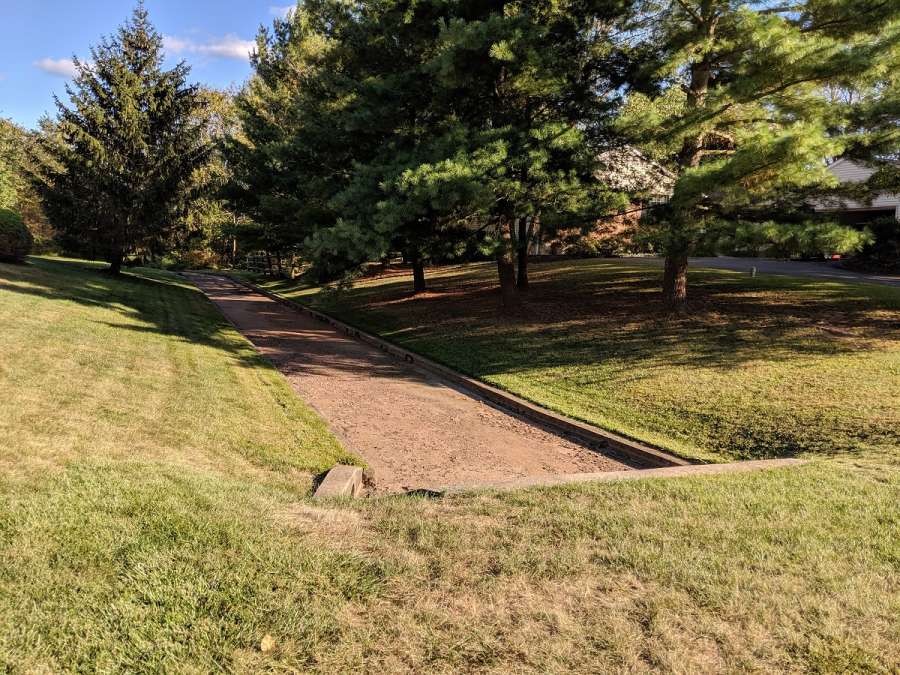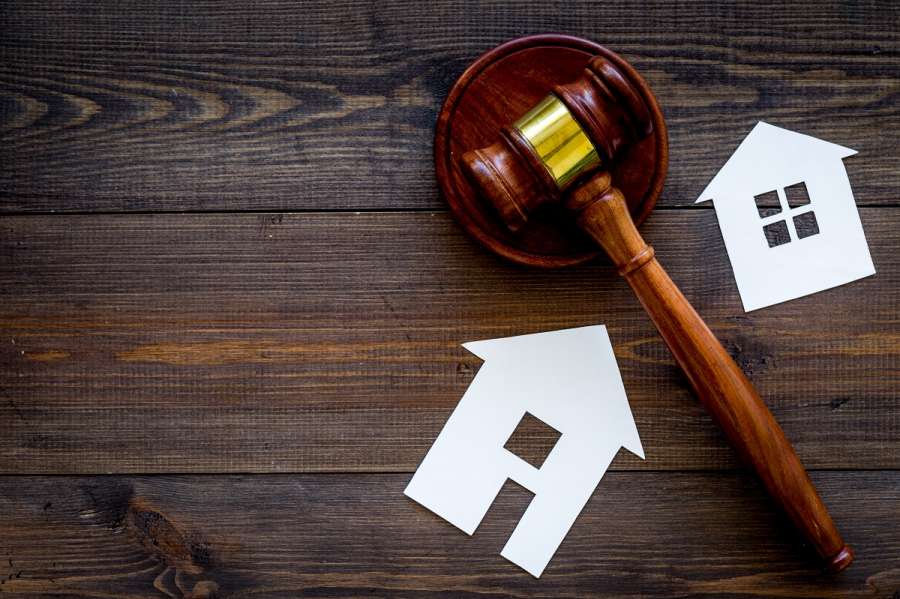The second property litigation blog in our two-part series will consider what happens when an easement is interfered with and what constitutes excessive use of an easement.
We also review some case law which demonstrates how the Courts may interpret easements.
Who do they bind?
A legal easement, created by deed or statute (most commonly created on a transfer form), will provide that the right will be granted to a freehold estate or for a term of years.
Prescriptive easements that have been used for more than 40 years also take effect as a legal easement, but in practice, this does not happen often.
If the servient land is registered at the Land Registry, the legal easement must also be registered; otherwise, it will be equitable only.
A legal easement will bind all purchasers, whereas an equitable easement will only bind a purchaser who has knowledge, and this can be challenged.





